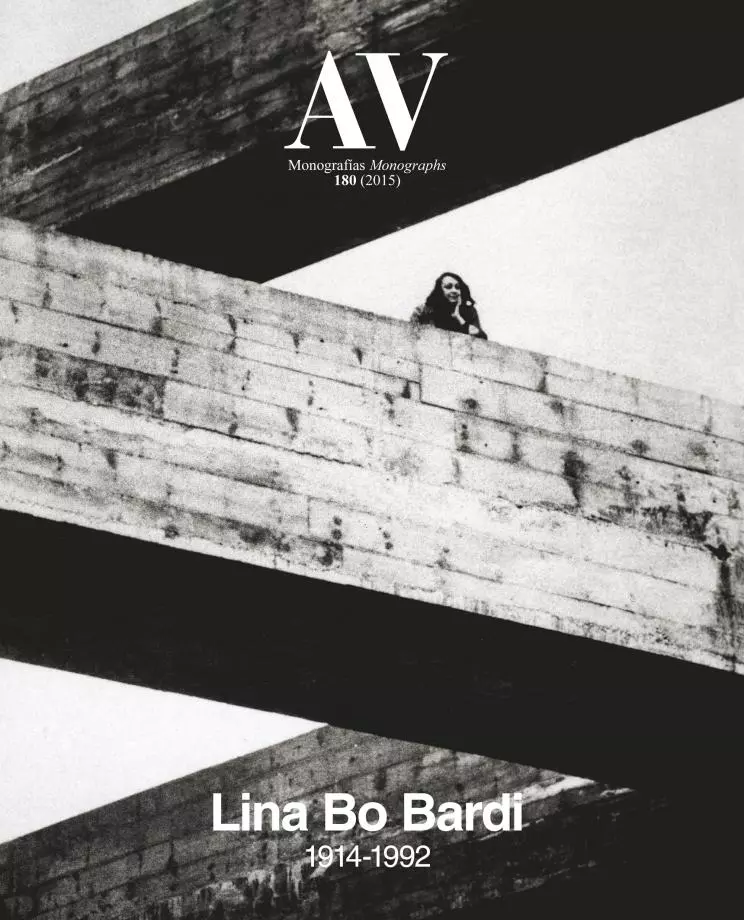
Ignored for years on end and completely absent from the official manuals of the history of architecture, Lina Bo Bardi’s work remained unknown outside Brazil until her death in 1992. In recent years, however, she has been cited more frequently in various artistic, professional, and academic circles. Although this interest confirms the expressive force and modernism of a multifaceted body of work that transcends the limits between architecture, art, and landscape design, it nonetheless rarely addresses the essential: the dimension of civilization, humanism, ethics, and the symbolic and critical implications of Bo Bardi’s work, which is shared, one should note, with a whole generation of Latin American architects and artists.
Recently, the dramaturge and director of the Teatro Oficina, José Celso Martinez Corrêa (Zé Celso), organized an event in tribute to Lina Bo Bardi during which he drew attention to her “unfathomable” potential and the imminent risk of merchandising her work. Then he quoted the author Oswald de Andrade and the movie director Glauber Rocha, two artists whom Bo Bardi felt very close to and who represent both generations that articulated the two main avant-garde resistance movements against, and for liberation from, the cultural domination under which Latin America was suffering: first, the Movimento modernista Antropófago of Oswald de Andrade, Tarsila do Amaral, and Mário de Andrade, which arose in 1922 and left its mark in Brazilian art, literature, and architecture up until the 1940s and 50s; secondly, the Tropicália movement founded by Glauber Rocha, Caetano Veloso, and Zé Celso in the late 1960s, which harmonizes perfectly with the modernist approach...[+]





